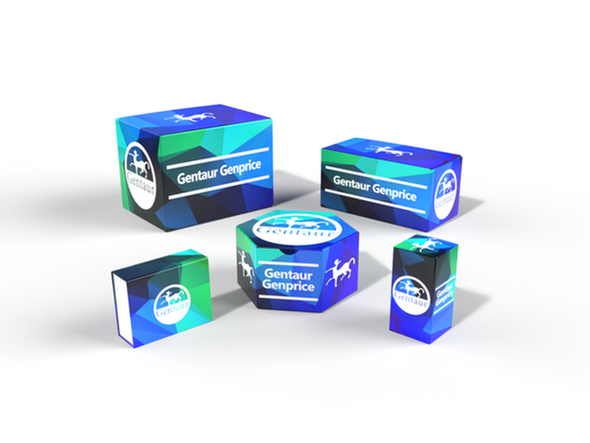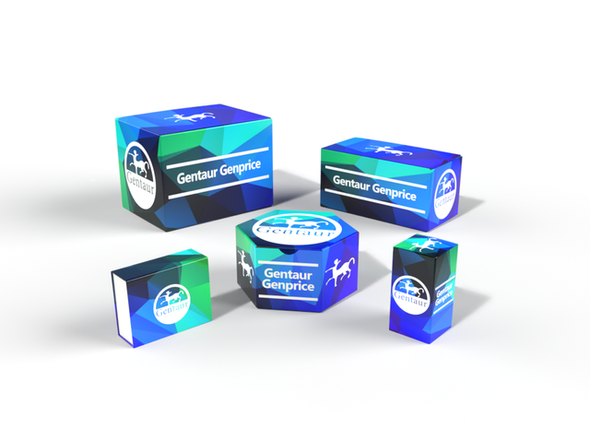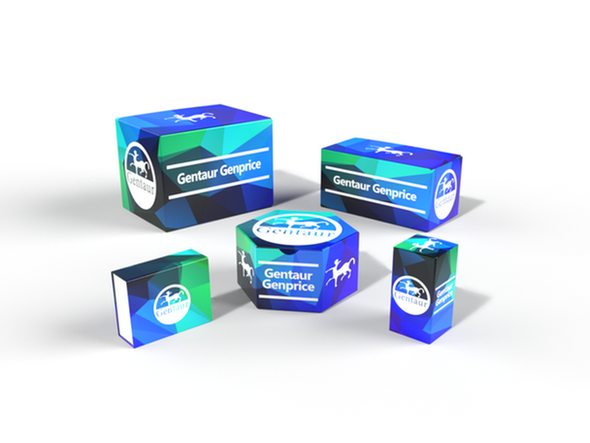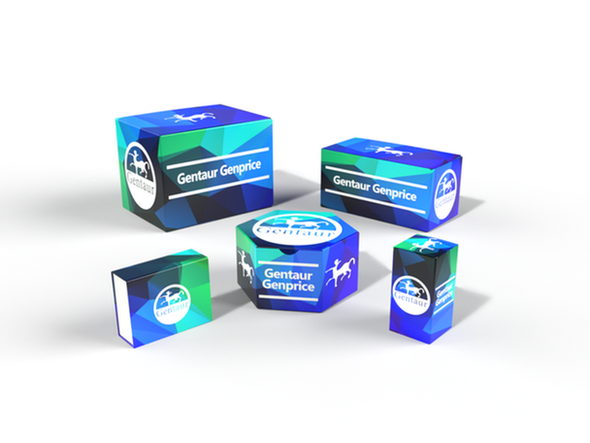749
Human Candida albicans (C.albicans) ELISA Kit | KTE62519
- SKU:
- 749-KTE62519
- Availability:
- Usually ships in 5 working days
Description
Human Candida albicans (C.albicans) ELISA Kit | KTE62519 | Gentaur UK, US & Europe Distribution
Application: This Human Candida albicans (C.albicans) ELISA Kit employs a two-site sandwich ELISA to quantitate C.albicans in samples. An antibody specific for C.albicans has been pre-coated onto a microplate. Standards and samples are pipetted into the wells and anyC.albicans present is bound by the immobilized antibody. After removing any unbound substances, a biotin-conjugated antibody specific for C.albicans is added to the wells. After washing, Streptavidin conjugated Horseradish Peroxidase (HRP) is added to the wells. Following a wash to remove any unbound avidin-enzyme reagent, a substrate solution is added to the wells and color develops in proportion to the amount of C.albicans bound in the initial step. The color development is stopped and the intensity of the color is measured.
Detection Method: Colorimetric
Conjugate: N/A
Sample Type: Cell culture supernatants#Serum#Plasma#Other biological fluids
Assay Type: Multiple steps standard sandwich ELISA assay with a working time of 3-5 hours. It depends on the experience of the operation person.
Kit Component: • Human Candida albicans microplate
• Human Candida albicans standard
• Human Candida albicans detect antibody
• Streptavidin-HRP
• Standard diluent
• Assay buffer
• HRP substrate
• Stop solution
• Wash buffer
• Plate covers
Features & Benefits: Human Candida albicans (C.albicans) ELISA Kit has high sensitivity and excellent specificity for detection of Human C.albicans. No significant cross-reactivity or interference between Human C.albicans and analogues was observed.
Calibration Range: Please inquire
Limit Of Detection: Please inquire
Usage Note: • Do not mix components from different kit lots or use reagents beyond the kit expiration date.
• Allow all reagents to warm to room temperature for at least 30 minutes before opening.
• Pre-rinse the pipet tip with reagent, use fresh pipet tips for each sample, standard and reagent to avoid contamination.
• Unused wells must be kept desiccated at 4 °C in the sealed bag provided.
• Mix Thoroughly is very important for the result. It is recommended using low frequency oscillator or slight hand shaking every 10 minutes.
• It is recommended that all samples and standards be assayed in duplicate or triplicate.
Storage Instruction: The unopened kit should be stored at 2 - 8°C. After opening, please store refer to protocols.
Shipping: Gel pack with blue ice.
Precaution The product listed herein is for research use only and is not intended for use in human or clinical diagnosis. Suggested applications of our products are not recommendations to use our products in violation of any patent or as a license. We cannot be responsible for patent infringements or other violations that may occur with the use of this product.
Background: Candida albicans is a type of yeast that is commonly used as a model organism for biology. It is generally referred to as a dimorphic fungus since it grows both as yeast and filamentous cells. However it has several different morphological phenotypes that are discussed more in detail in the chapter on Morphology. Different morphological forms of Candida albicans: the scale bar is 50 µm. It is a common member of human gut flora and does not seem to proliferate outside mammalian hosts. It is detectable in the gastrointestinal tract and mouth in 40-60% of healthy adults. It is usually a commensal organism, but can become pathogenic in immunocompromised individuals under a variety of conditions. It is one of the few species of the Candida genus that cause the infection candidiasis in humans. Overgrowth of the fungus results in candidiasis (candidosis) . Candidiasis is for example often observed in HIV-infected patients. C. albicans is the most common fungal species isolated from biofilms either formed on (permanent) implanted medical devices or on human tissue. C. albicans, together with C. tropicalis, C. parapsilosis and C. glabrata, is responsible for 50–90% of all cases of candidiasis in humans. A mortality rate of 40% has been reported for patients with systemic candidiasis due to C. albicans. Estimates range from 2800 to 11200 deaths caused annually in the USA due to C. albicans causes candidiasis.
Alternative Names: C.albicans
Search name: C.albicans
Tag: C.albicans






